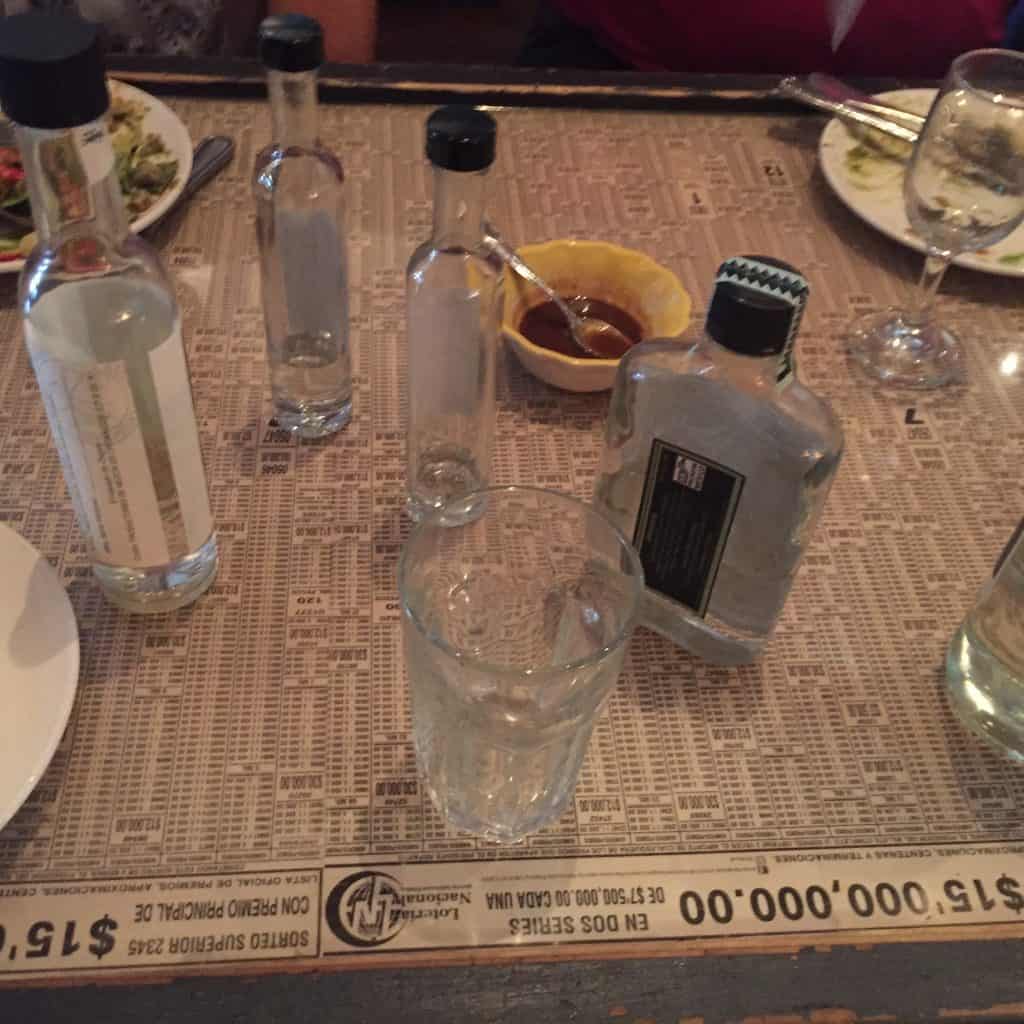
Now that the new NOM 70‘s categories of Ancestral, Artisanal and Mezcal are here it’s time to consider how the Law of Unintended Consequences is going to impact the mezcal world. As we’ve outlined before, 70 increases transparency for the consumer in understanding what is in their bottle and how it has been made. Can you think of another spirit that goes to these lengths?
But don’t confuse this new labeling system with sustainability – that’s a completely separate issue that everyone is grappling with in one way or another. It’s an especially hot topic now because mezcal is growing at a galloping pace: 2016 mezcal sales are set to outpace 2015 by more than 20%.
How to drink sustainably?
The scramble to meet demand in the US alone is giving rise to dozens of new mezcals. As the MezcalPhd John McEvoy discovered when he recently updated his “Mezcal Brands Available in the US” list, you can now find more than 120 mezcals for sale here. Aside from containing mezcal, the one common element in all of them is that none of these brands share a sustainability standard. Some of them have carved out their own definition of what it means and are very clear about these standards. Many make some gesture in that direction, but the looming issue is that most are not transparent in where or how their juice is made. This leaves the drinking public in limbo. Say you want to be a conscientious drinker — what are you to do?
Just to say it, look, we’re not on a witch hunt. We understand perfectly well that it’s hard to tell the world about what you’re doing and it’s hard to know what really is sustainable. If you try to follow sustainable practices you know that ideas are added to the mix all the time. We’re just pointing out that there is no standard, neither for producers, nor consumers. NOM 70, and by inference the industry, focused on the question of tradition in mezcal production, not the sustainability question. In the worst of worlds NOM 70 could even put mezcal production at odds with sustainability programs: The key terms in this discussion right now are nuance and transparency.
A balancing act
At the Mezcal: Mexico in a Bottle Chicago tasting, I had the opportunity to meet and talk to Armando Isidro Aquino with Mezcal Casa Ancestral, a cooperative group behind A Medios Chiles, a mezcal soon to hit the US market. They are an interesting case study in the future of mezcal production, particularly when it comes to producing a multi-expression line for a large market. They have distinct products for different markets: For the Mexican market they’ll focus on their traditional mezcals, for the international market they are producing larger volume mezcals. So how will they do this?
“We need to look for efficiencies,” Sr. Aquino told me. “Mezcal production is very labor intensive and we need to find the areas where we can lessen the burden of manual labor. We also need to look at how we are cooking the maguey and firing the stills when there is such a shortage of wood and problems with harvesting.” It is this last part that could move A Medios Chiles from NOM 70’s Artisanal category into what will be perceived as a more industrial Mezcal category — with any use of indirect fire (gas, for example) that means you’re no longer producing in an artisanal fashion, at least in relation to these ideas of traditional production.
Got wood?
Of course when you look at the world of mezcal production through the lens of sustainability, the fuel used in distillation is a critical issue. Traditionally everyone burns wood to fuel their mezcal stills. That’s how things have been done for hundreds of years, if not longer. But burning wood emits carbon dioxide and produces soot which contributes to global climate change and decreases local air quality. Plus, plenty of stills are located in small valleys which can trap emissions and compound their impact.
Jump down another level and there are more sustainability questions about how you harvest wood. If you’re cutting down trees you’re removing carbon sinks. If you’re cutting them willy nilly you’re also increasing the risk of soil degeneration and mud slides during the rainy season. And, there may not be enough wood locally so you may have to truck it in which means an even greater carbon footprint from all those fossil fuels used in those trucks. From a cost perspective alone this means that the wood used to produce mezcal can be more expensive than the maguey. Think about that for a second!
Coddle that baby agave
Let’s back up a little and look at the agricultural side of mezcal because, as the famous poster says “Sin Maguey, No Hay Mezcal.” Like many mezcal companies, Mezcal Casa Ancestral has a whole cultivation project. Unlike others they grow their espadin and other agave varieties from seed instead of hijuelos and replant the sprouts at their plantation in the Isthmo area. This is hugely important for protection of the genetic diversity of the maguey as hijuelos are exact clones and increase the likelihood of crops being hit with blights and pest invasions just like the blue agaves in tequila fields. The magueys are also grown among other plants like coffee, corn, beans, rather than acres and acres of maguey fields. These practices are far more sustainable than the monoculture fields that are becoming ever more present in the state of Oaxaca. But, growth practices have nothing to do with how the mezcal is classified.
Sin agua, no hay maguey
Then of course there is the issue of water – both input and output. Mezcal production uses lots of water – the larger the production, the more water used. And water is a precious resource in Mexico, particularly in regions where agave is grown which tend to be drier. While producing mezcal you need water for fermentation, to cool the still, and to clean everything.
After you’re done with a batch you’re left with the viñasas – all the remains of the water from distillation. At best the viñasas are stored, more generally they are poured off into the surrounding area, sometimes in a controlled manner, worst case they are simply dumped into local waterways. Again, the larger the production, the more viñasas, the greater the pollution.
While many mezcal producers recognize that this is an issue there isn’t consensus on the best way of doing it. There is some research into anaerobic digesters which convert the waste into energy while cleaning the water to make it reusable – that would be a fantastic solution if it pans out. But really, right now anything goes.
And then there is the bagasso – all the left over agave from mezcal production. Just like water disposal, there are a variety of approaches that range from using it for feed, compost, even drying it for fuel. Since it still contains small amounts of pollutants there is always a concern about concentrating those pollutants. And, as always, the more mezcal that is produced, the more bagasso!
Who gets paid?
And finally, there is the vast and incredibly complex issue of economic equity. Put simply: Who gets paid, how much, and how invested are brands in local communities? These are all incredibly serious questions with a variety of facets. Take a simple issue that arises frequently, a mezcalero sells a batch of mezcal to a brand which duly bottles, brands, and ships it to the United States where it’s imported, marketed, and sold through various distributors in various states. Then that mezcalero finds out that a bottle of his mezcal fetches 10 or 20 times his initial sales price and gets outraged that he is only seeing a fraction of that income. It’s perfectly possible that the mezcalero just doesn’t understand the cost of getting bottles to market. It’s also perfectly possible that he’s being taken advantage of.
There are so many other wrinkles to the economic equity issue but again there aren’t any real standards to it. We hear plenty of approaches to it, but they’re very hard for consumers to validate and risk becoming just another bit of astroturf marketing. I’m not casting aspersions here, it’s just that this is a really big issue, particularly in the world of mezcal which is traditionally the product of village economies which are complex social and economic structures in their own right.
What are they really doing about sustainability?
In a perfect world we’d have some consensus on all of these issues baked into mezcal labels. One of the main questions that we and mezcal brands receive from drinkers is about sustainability. Given that the target market for much mezcal is exactly the same sort of person who tries to shop consciously – it’s incumbent that we figure this out, and soon! After all, mezcal has been made in a very sustainable fashion for more than 500 years. Now that it has been injected into the global market with all of this incredible demand there’s a fantastic opportunity for rural communities – but can the mezcal world arrive at a consensus about what is sustainable and figure out how to align that with the new categories in NOM 70? The worst case is that we arrive at a place where higher production mezcals which are doing a fantastic job at ensuring sustainability don’t get recognized for that effort and end up in the catch all Mezcal category which is already becoming short hand for industrial production.
So, how do we get started?
We won’t leave you hanging even if we don’t have all of the solutions. I’m sure that you’ve heard some mezcal brands discuss their contributions to sustainability so we’re going to host a public talk to really dig into this topic. It’s called “What we talk about when we talk about sustainability” which seems entirely appropriate given how wide open this topic is. The conversation will be moderated by Sarah Bowen who you may know from her terrific book “Divided Spirits” on November 12th, 6:30pm at La Urbana in San Francisco. Panelists include Ivan Saldaña from Montelobos Mezcal, Judah Kuper founder of Mezcal Vago, and Raza Zaidi, co-founder of Wahaka Mezcal, companies committed to producing mezcal in the most sustainable way possible. Tickets are free but space is limited so make sure to get your ticket today!

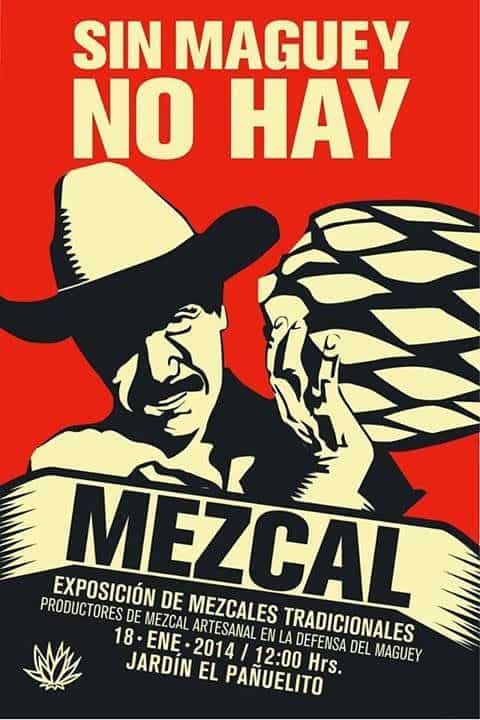
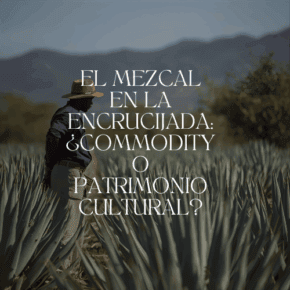
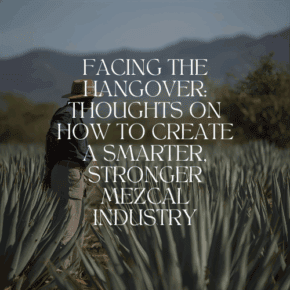
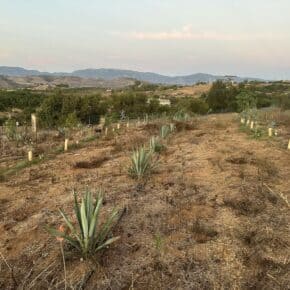








Leave a Comment